What is more important than ideas – making them work. Ideas need to be demonstrated, hence building things is key to bringing in a culture of collaborative innovation.
Gever Tulley, famous for his Tinkering School has a mission; empowering children with interpersonal, problem-solving and technical skills that will help them succeed in the 21st century. They provide children real tools to solve real problems in the real world. In their annual weeklong sleepover summer camp, kids have built all kinds of projects, from a roller coaster with 100 feet of track, to a bridge made of plastic shopping bags, to a sail-powered railroad car, stuff even the kids could not believe they built themselves!
Children are natural ‘builders’ and problem-solvers. They are constantly exploring limits; how far will a paper plane fly? Can we make it fly even farther? Let’s make it using some other paper. Let’s make it slightly bigger. Let’s throw it from the top of the building and see what happens. As formal education compartmentalises learning and focuses on individual pieces, their resourcefulness and exploration takes a backseat. Failures reduce and so does learning from them. Some of the most successful organisations in the world use exploration and play to their continued success and growth.
In his book ‘Serious Play’, Michael Schrage of MIT makes a case for creative improvisation. ‘Much of this serious play that leads to breakthrough innovations is increasingly linked to experiments with models, prototypes, and simulations’. As digital technology makes prototyping more cost-effective, serious play will soon lie at the heart of all innovation strategies, influencing how businesses define themselves and their markets’.
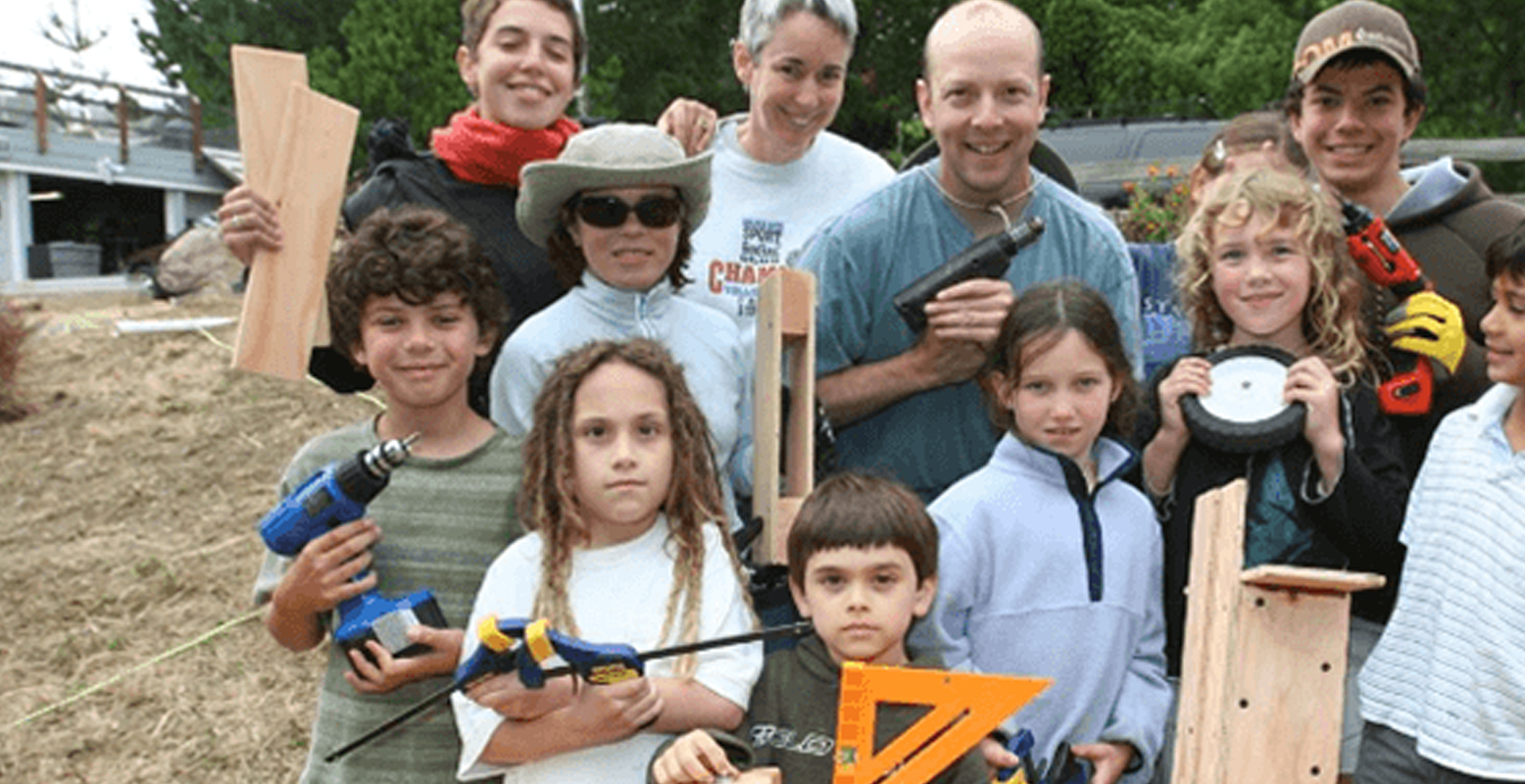
Learning with children, this very idea of designing experiments to achieve an end result through a series of failures can be a transforming experience. Framing seemingly difficult projects and solving them with the power of quick prototype building using collaborative teams might hold the key to transforming society through participative problem solving.
How is building things so important to learning and applying the learning to big problems? David Kelley of the famed design consultancy IDEO says, ‘makers have this incredibly positive view of the future and more importantly they believe they can change it….If a picture is worth a thousand words, a prototype is worth a million words’.
Kelley explains how a quick and dirty early prototype to demonstrate one’s idea can become instant focus of attention in a group and goes on to get maximum criticism as well as help. Then it is just a matter of making more and more prototypes till you get it right. IDEO uses quick and dirty early prototypes to test out individual aspects of function or aesthetic or whatever needs to be tested and then quickly builds on it rather than treating them as an end point of the thought process.
More than ever, fundamental innovation around products and experiences is becoming extremely crucial to survival and growth of communities and organisations. Companies are communicating with the customers not only to understand their needs but also to innovate with them. In this bargain, the skill of building things early, be it models, prototypes or simulations to test them out very quickly and effectively is a conclusive winner. As Kelley urges ‘stop talking, start making’!
-
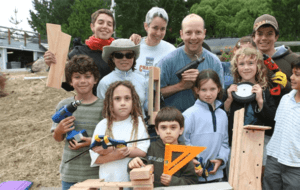
At Gever Tulley’s Tinkering School, kids built a 100 feet long roller coaster using real tools and real materials and made it work. Tulley believes in exposing kids to building things as a way of life. To learn safety, dangers have to be included!
-
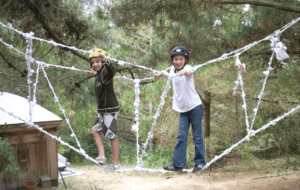
Another exercise at the Tinkering school is a bridge built by kids using polythene bags as a building material. Early exposure to learning by doing, failing and improving can build a creative attitude to everything that kids will grow up to do.
-
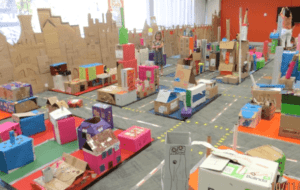
Building a box city; an initiative by State Library of Western Australia with Australian Institute of Architects. Kids get an experience in the urban planning through prototyping using boxes and role plays.
-
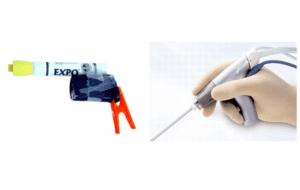
IDEO’s evangelical approach to design using prototypes. Featured here is an early prototype of Gyrus ENT Dieago and a later sophisticated version of the same. -
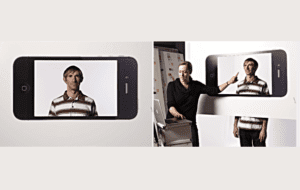
IDEO’s one hour app prototype demo using a large size iphone print and a laptop camera plus editing software. The result brought in a quick buy in for an idea that was facing a lot of resistance. (Image courtsey: Nicholas Zurcher)
-
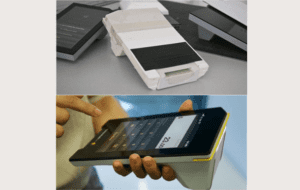
‘Albert’ point of sale device for Commonwealth Bank of Australia was designed by IDEO. Quick foam and paper prototypes led all the way to an evolved understanding of human interaction with the shape of the device.
-
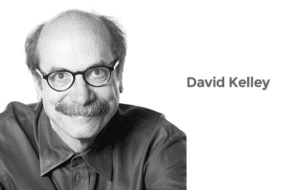
David Kelley: “If a picture is worth a thousand words, then a prototype is worth a million…..stop thinking and start making!”
